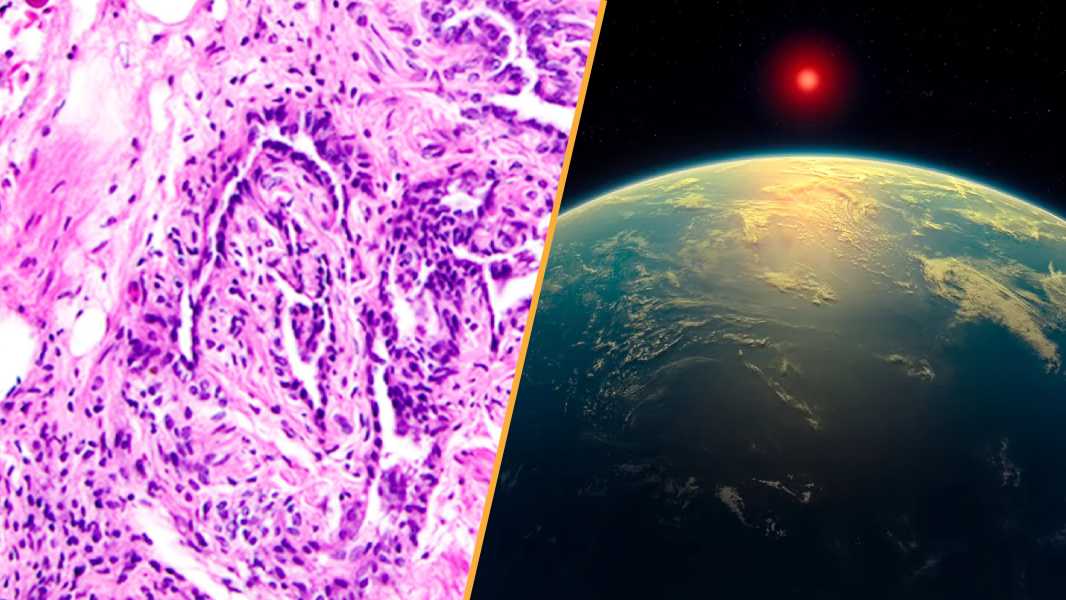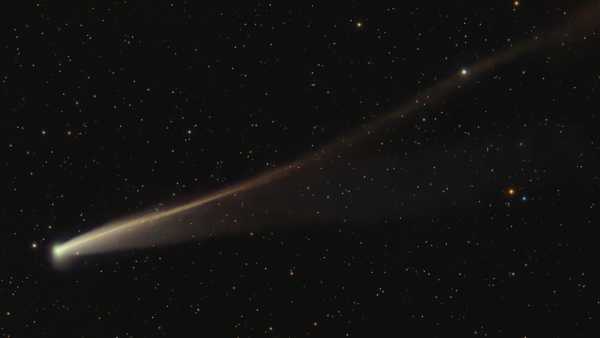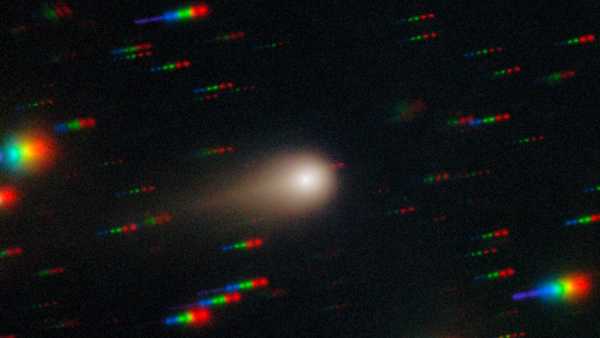
This week's science news contains hints of life on a distant planet, and information about a 'useless' female organ that isn't. (Image credit: Apperson, K.D. et al., 2017; A. Smith, N. Madhusudhan (University of Cambridge)) Jump to:
This week's science news reported possible signs of life in a distant galaxy.
Don't expect aliens to arrive anytime soon, though—the potential habitable planet K2-18b is 124 light years away from Earth, and even if there are any life forms on it, they're likely to be tiny microbes rather than little green men.
Scientists using the James Webb Space Telescope (JWST) have studied the atmospheric chemistry of this distant planet and found significant amounts of two interesting chemical compounds: dimethyl sulfide (DMS) and dimethyl disulfide (DMDS). On Earth, these substances are produced exclusively by certain microbes and algae, although non-biological processes could theoretically create them as well.
This isn't the first time JWST has been sent to study the planet. Astronomers from the same team previously focused on K2-18b because it orbits its star in the “habitable zone,” where liquid water could exist on the planet's surface. K2-18b is thought to be a “Gysean” world with an ocean of water and a hydrogen-rich atmosphere.
In 2023, the team detected methane (CH₄) and carbon dioxide (CO₂) in K2-18b’s atmosphere. These two chemicals can be produced by living organisms or other processes. They also found signs of DMS and DMDS in the planet’s atmosphere, but they weren’t statistically confident enough to draw any definitive conclusions. So this time, they used another JWST instrument, called the Mid-Infrared Instrument, and detected a spike that could only be explained by these two compounds.
“This is an independent line of evidence, using a different instrument than we have used before, and a different range of wavelengths of light, where there is no overlap with previous observations,” study co-author Nikku Madhusudhan, a professor of astrophysics at the University of Cambridge, said in a commentary. “The signal was strong and clear.”
This is not proof of aliens yet. The scientists have detected DMS and DMDS with a statistical confidence of three sigma, meaning there is a 0.3% chance that it is a coincidence. More measurements will be needed to reach five sigma, or less than 0.00006% chance of a random occurrence. This is the threshold that is commonly used to confirm astronomical discoveries. It is not there yet, but the researchers are confident that data could emerge soon.
Read more: Scientists discover 'most promising yet' signs of alien life on planet K2-18b
“Useless” organ”Useless” female organ,
Sourse: www.livescience.com





